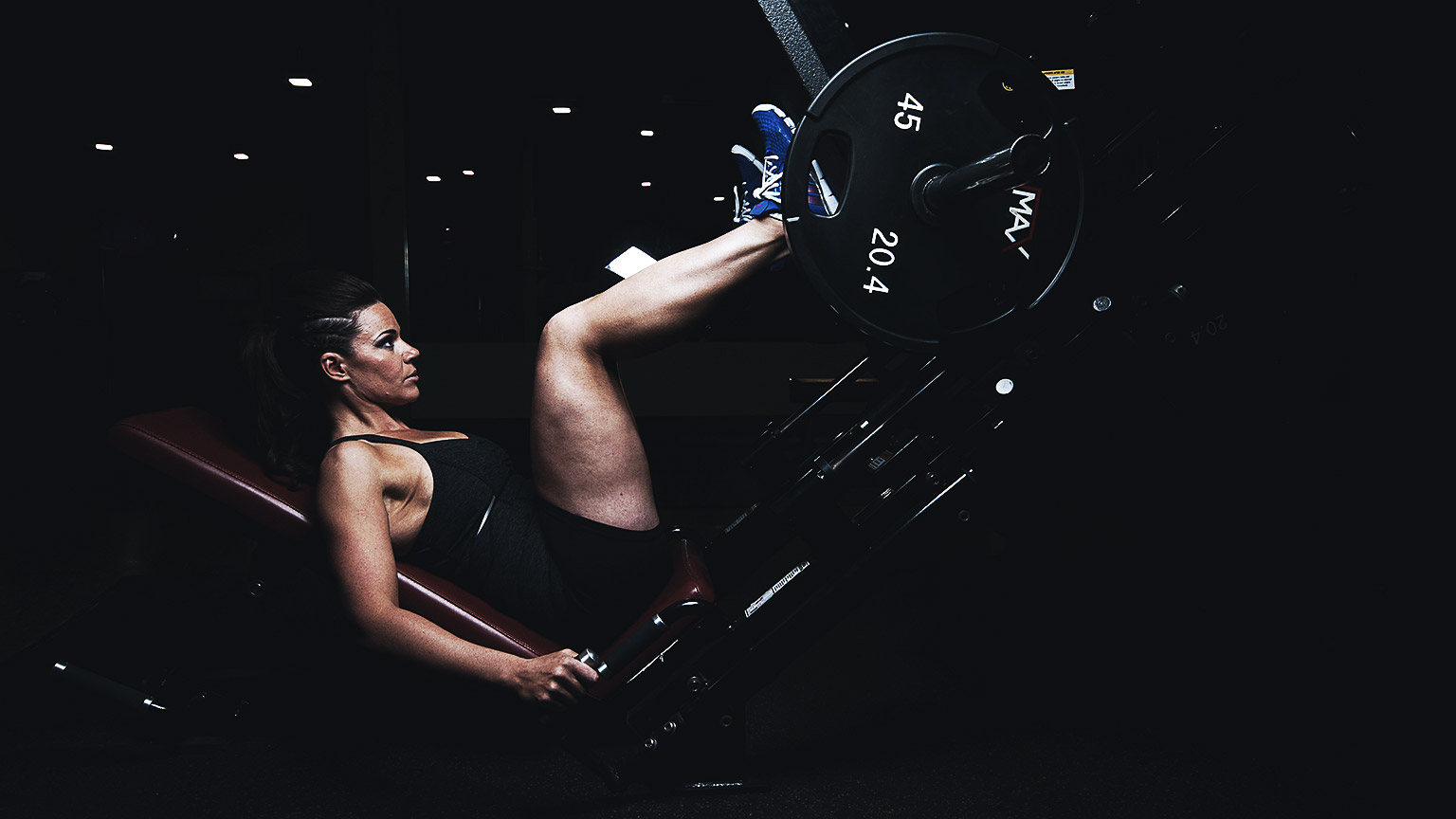Welcome to your first module, anatomy and physiology! After watching the video above, we hope you are excited to get started with your learning. Please scroll through the module overview for important details regarding this module.
This module will provide you with a broad understanding of the human body's structure and function, with a particular focus on how this relates to physical activity. You will learn about the body’s energy systems and the types of activities that utilise these systems, along with the acute and chronic effects of exercise on major organ systems. Understanding how the body works will help you design effective fitness programmes.
We’ll cover:
- Anatomical Terminology
- Skeletal system and Joints
- Nervous system
- Cardiovascular system
- Respiratory system
- Muscular system
- Energy systems
- Other systems.
The fine print:
Working through this module, and completing and achieving the assessments, you will have shown an ability to apply knowledge of anatomy and physiology to adapt and deliver safe and effective exercise programmes to individuals.
To break this down further, you will achieve the following learning outcomes by showing your ability to:
- Identify and describe the structure and function of major systems of the human body and their physiological responses (acute and chronic) to exercise. Systems will include Bones and joints, the nervous system, muscle structure and function, cardiovascular system and respiratory system, and
- Differentiate clearly the energy systems in use during different forms of exercise
There are 2 Assessments for this module.
- 01A1 Structure and Function of Human Body Systems
- 01A2 Functional Anatomy and Energy Systems
You are provided with an information sheet with all of your due dates depending on whether you are full-time or part-time. Make sure you hand in your assessments on time to ensure you keep on track with the course and are able to manage your workload effectively.
Anatomy and physiology is quite a theoretical module. There is no getting around the fact that there is a lot of new terminology and theory that you will have to learn. To support you in acquiring this knowledge, you’ll find a mixture of things to read, watch, listen to, and do.
Learning a new language
This module incorporates many interactive activities with instant feedback to improve your recall and check your understanding frequently. You may wish to create your own glossary or flashcards to practice key terms. Drawing and taking notes will help you commit the content to memory, and help you work through new knowledge. You can hover over underlined abbreviations, acronyms, and some technical terms to read the full definition. Try it now by hovering over WHO.
Self-directed practical learning can be helpful for understanding anatomy and physiology. E.g., compare what your body is doing when you do a bicep curl to when you do a tricep pushdown. Practice naming the muscles, joints, and bones involved in the movement. Think about what it is about that muscle, joint, or bone that allows you to do that exercise.
You may wish to supplement and support your learning using an anatomy atlas. Most public libraries will have anatomy atlases to loan or read onsite.
- Check out your local library for an Atlas of Human Anatomy
- Pocket Anatomy: An anatomy app for iPhone, iPad.
- Visible Body: Anatomy apps for Desktop, Android, iPhone, and iPad.
Let's check how much you already know about Anatomy and Physiology.
Is there an area that you are already feeling confident with? How about a topic you may need to allow for extra study time?
